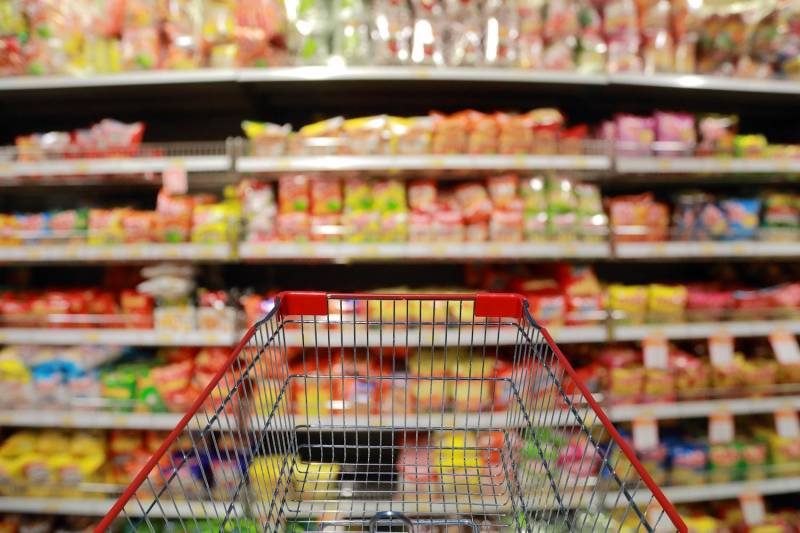Grocery costs show slight relief in latest inflation figures


In a break from a prevalent trend since October 2021, the surge in grocery prices did not outstrip the overall inflation rate in the latest Statistics Canada report.
Over the past three years, the cost of food purchased in stores has soared by 21.6 per cent. However, last month saw a modest increase of only 2.4 per cent.
Supply constraints stemming from adverse weather conditions in growing regions elevated grocery costs. However, there were recorded declines in the prices of fresh fruit, processed meat and fish. Cereal prices rose by a mere 1.7 per cent, while dairy costs edged up by 0.6 per cent.
Statistics Canada also unveiled its Consumer Price Index Report for February on Tuesday morning. The report revealed a year-over-year inflation rate of 2.8 per cent, a slight decrease of one-tenth of a percentage point from January.
While essentials such as gasoline, travel tours, rent and mortgage interest continued to exert upward inflation pressure, reduced expenses for cellular and internet services helped to keep it in line with the Bank of Canada’s two percent target.
Furthermore, gasoline costs rose by 0.8 per cent, following a four percent surge the previous month. Excluding gas, the inflation rate stood at 2.9 per cent.
Driven by a surge in demand for travel to destinations like the U.S., Mexico and the Caribbean, travel tour prices climbed by 4.8 per cent in February, up from January’s 3.3 per cent increase.
Citing inflationary pressures, the Bank of Canada opted to maintain its key lending rate at five per cent earlier this month. However, economists anticipate a potential rate cut if inflation remains controlled this spring. The next announcement is slated for April 10.
Looking ahead, Statistics Canada is scheduled to release the March Consumer Price Index report on April 16, which will provide further insights into the evolving economic landscape.
Source: grocerybusiness.ca

